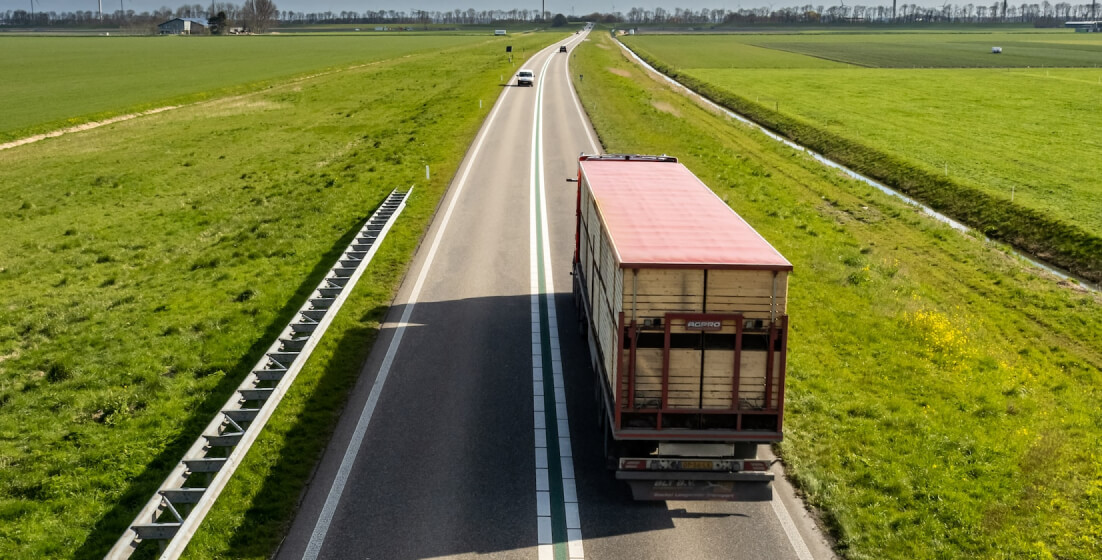Digital Tachograph User Manual

The topic of this text is a user manual for digital tachographs, which will help you understand how to use the latest models of digital tachographs standardized by the European Union. It has been a mandatory device in EU countries since 2006 and in Serbia since 2011 for commercial vehicles transporting goods or passengers.
A tachograph is a device used to record data about a driver’s working hours, speed, and distance traveled. Additionally, the tachograph records data about total driving time, rest periods, driver identification, and vehicle characteristics, which is crucial for compliance with traffic regulations.
The digital tachograph has replaced the analog device that used a paper strip for data recording, whereas the digital one records everything on a driver’s card and in the device’s memory. The advantage of the digital tachograph over the analog one is that it automatically and accurately records vehicle movements. This, combined with the fact that data is accessed through special software, reduces the possibility of tampering with records.
User Manual for Digital Tachograph
Given the fact that analog tachographs have been widely used for a long time and are still prevalent, there is a need to explain the steps involved in using a digital tachograph.
1. Inserting the Card into the Digital Tachograph
Before starting a journey, the driver must log in and authenticate their identity using a digital tachograph card. Each driver must have a separate card with their personal data (name and driver’s license number).
Therefore, the first step is to insert the card into the card slot on the digital tachograph. The card’s validity will be checked, and the driver will be identified.
2. Selecting the Operating Mode
After the driver’s identification via the card, the tachograph will display three operating modes that need to be selected: driving, available, or rest.
- Drive mode – Select this mode when you start driving or when you resume driving after a break.
- Available – Choose this mode when you are not driving but are available for work, such as being a co-driver or being available for other duties.
- Rest – Select this mode when you take a rest. The tachograph will record the rest time.
All drivers are required to select the appropriate mode based on their current status.
3. Starting the Journey
After selecting the Drive mode, you can start your journey. The tachograph will begin recording data regarding your speed and driving time. You can occasionally check the tachograph display to ensure that the device accurately records your driving data.
4. Rest Periods
All drivers of commercial vehicles should comply with legal regulations regarding rest periods. The tachograph records information about the time spent on rest, and this data may be accessible to relevant authorities for verification purposes. Therefore, when you take a break, be sure to change the operating mode to “Rest” or “Available.”
5. Ending the Journey
When you wish to end your driving for the day or a specific period, you need to change the operating mode to “Available.” The tachograph will stop recording driving data.
6. Generating Reports
When you or your superiors need to obtain a driving report, you need to insert your card so that the generated data can be associated with it. To provide a driving report, some devices require a certain amount of data, so it is possible that a report may not be available after a short journey.
Obtaining a report involves transferring data from the card to a laptop or smartphone where it can be read. After inserting the card into the device, you need to connect the laptop and the tachograph and then launch the data transfer software. Besides this type of connection, there is also the option of using a data download key that plugs into the tachograph.
During the data transfer process, specific symbols will appear on the tachograph display. However, this does not indicate that you should interrupt the connection between the laptop and the device. Do not disconnect until the data transfer is complete.
Alternatively, drivers can also obtain a printed report when removing the card, and we will explain this in the next step.
7. Removing the Digital Tachograph Card
In general, at the end of a shift, the driver’s card can remain in the tachograph, but you must remove it when another driver takes over or when you need to drive a different vehicle.
You can only remove the card when the vehicle is stationary. Sometimes it is necessary to turn on the ignition. Next, you need to select the mode for ending the journey. Then, press the card eject button.
A symbol resembling growing bars will appear on the device display. This indicates that data is being transferred to the card. After it prompts you to enter the country or region you drove in, it will also ask if you want a printed report. If you want a report, simply confirm by selecting “Yes.”
Digital tachographs are essential for road safety, regulatory compliance, maintaining fair competition, and operational efficiency in the transportation industry. By accurately recording and monitoring driver and vehicle data, they play a vital role in enhancing accountability, transparency, and overall safety in commercial transportation.
